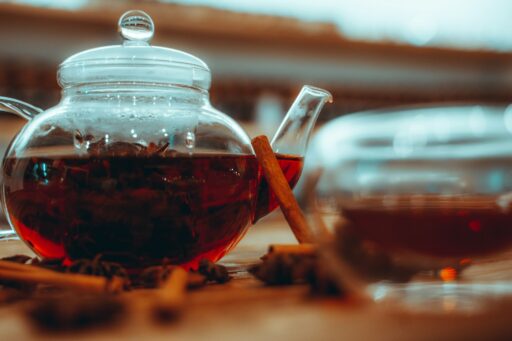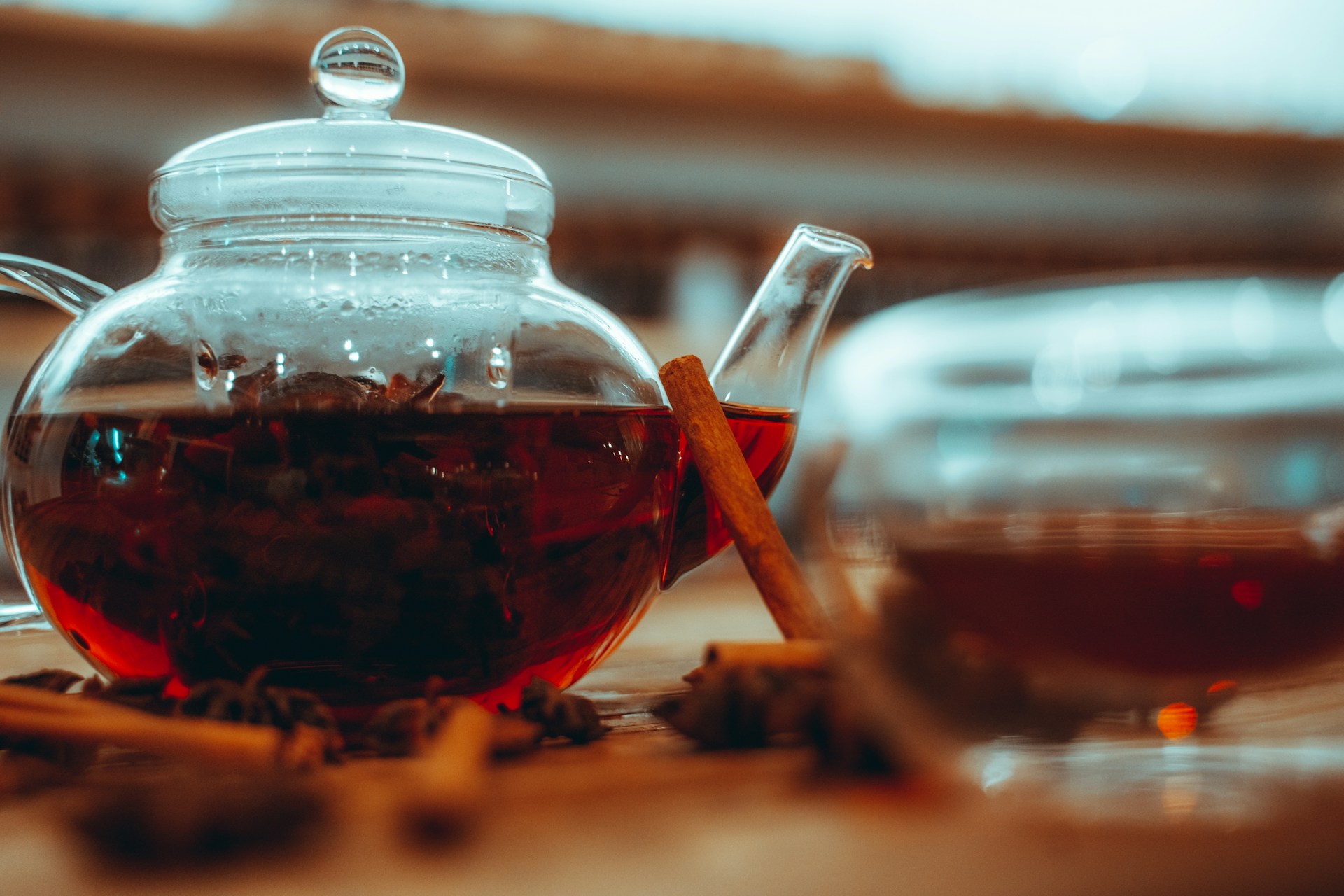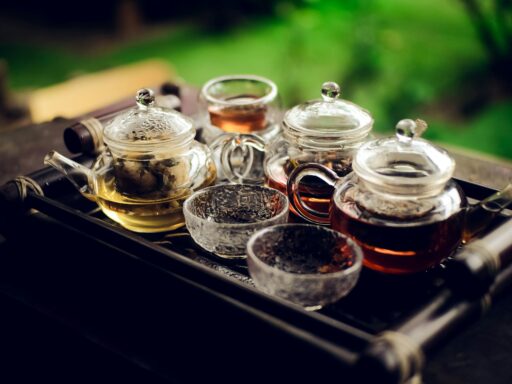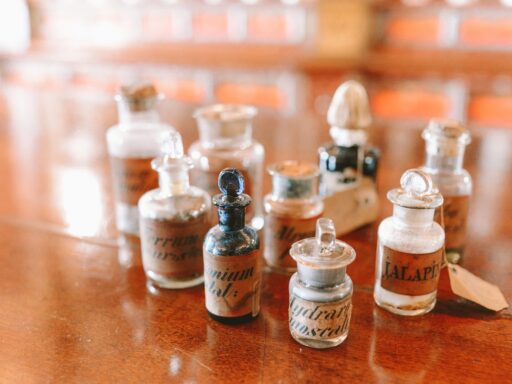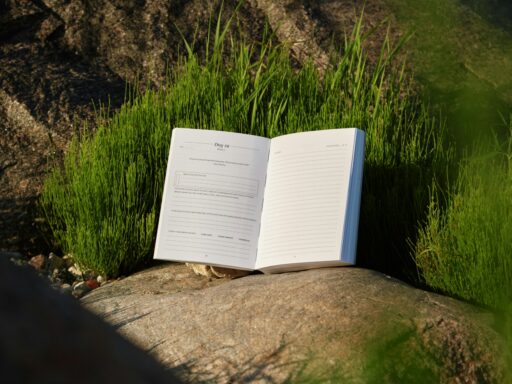Introduction
Creating your own herbal tinctures at home is a rewarding way to embrace natural wellness. Tinctures are concentrated herbal remedies that are easy to make with just a few ingredients and some patience. Whether you’re aiming to support immunity or create a calming remedy, homemade tinctures offer a budget-friendly alternative to store-bought versions. At Pure Life Zone, we’re here to guide you through the process. This article covers the tools you’ll need, a step-by-step recipe, and tips for customizing and storing your tinctures. No experience? No problem—making tinctures is simpler than you think!
Tools and Ingredients Needed
To make herbal tinctures, gather these essentials:
- Herbs: Choose dried, organic herbs like peppermint, calendula, or holy basil. Dried herbs are less likely to spoil during extraction. Use about 1-2 ounces per pint of liquid.
- Alcohol: A high-proof alcohol (80-100 proof, like vodka or grain alcohol) is ideal for most tinctures. It extracts active compounds and preserves the tincture. For alcohol-free options, use vegetable glycerin.
- Jars: Use clean, sterile glass jars with tight-fitting lids. Amber or cobalt blue jars protect tinctures from light.
- Tools: You’ll need a fine mesh strainer, cheesecloth, a funnel, and small dropper bottles for storage.
- Labels: Label jars with the herb name, date, and solvent to track your batch.
Shop for herbs at reputable health food stores or harvest your own from a pesticide-free source. Ensure alcohol is food-grade for safety.
Step-by-Step Guide to Tincture Making Recipe
Follow these steps to create a basic herbal tincture:
- Prepare the Herbs: Chop or grind dried herbs coarsely to increase surface area. For fresh herbs, rinse and pat dry, then chop finely.
- Fill the Jar: Place herbs in a clean glass jar, filling it about one-third full for dried herbs or two-thirds for fresh herbs.
- Add Alcohol: Pour alcohol over the herbs until they’re fully submerged, leaving a small ½-inch headspace. Stir gently to release air bubbles.
- Seal and Shake: Close the jar tightly and shake vigorously for 30 seconds. Store in a cool, dark place.
- Infuse: Let the mixture steep for 4-6 weeks, shaking the jar daily to mix. Glycerin-based tinctures may need 6-8 weeks.
- Strain: After steeping, strain the liquid through cheesecloth or a fine mesh strainer into a clean jar. Press the herbs to extract all liquid.
- Bottle: Use a funnel to transfer the tincture into small, dark dropper bottles. Label with the herb, date, and alcohol type.
- Store: Keep tinctures in a cool, dark place for up to 2-3 years.
This recipe works for most herbs, but always research your chosen herb’s specific needs.
Customizing Your Tinctures
Personalize your tinctures by blending herbs for specific health goals:
- Stress Relief: Combine equal parts of lemon balm and passionflower for a calming tincture. Use 5-10 drops before bed.
- Immune Support: Blend echinacea and astragalus for a potent immune-boosting tincture. Take 10 drops daily during cold season.
- Digestive Aid: Mix peppermint and ginger for a digestion-soothing tincture. Use 5 drops before meals.
Start with single-herb tinctures to understand their effects, then experiment with blends. Keep ratios balanced (e.g., 1:1 for two herbs). Always double-check herb safety, as some combinations may not be suitable for everyone. For example, avoid stimulating herbs like ginseng in calming blends.
Storage and Safety Tips
Proper storage ensures your tinctures stay potent:
- Store in dark glass bottles to protect from light, which can degrade active compounds.
- Keep tinctures in a cool, dry place, like a cupboard, away from heat sources.
- Check for spoilage, such as cloudiness or an off smell. Alcohol-based tinctures rarely spoil, but glycerin-based ones may have a shorter shelf life (1-2 years).
- Use clean droppers to avoid contamination.
- Consult a healthcare provider before using tinctures, especially for children, pregnant individuals, or those on medications.
Label all bottles clearly to avoid confusion. Dispose of old or unused tinctures safely.
Wrapping Up
Making your own herbal tinctures is an accessible way to bring natural remedies into your life. With just a few tools and some quality herbs, you can create potent, personalized solutions for wellness. Whether you’re crafting a calming blend or an immune booster, the process is both fun and empowering. Explore more natural living tips at Pure Life Zone and start your tincture-making adventure today. Your journey to a healthier, more balanced lifestyle is just a jar away.

